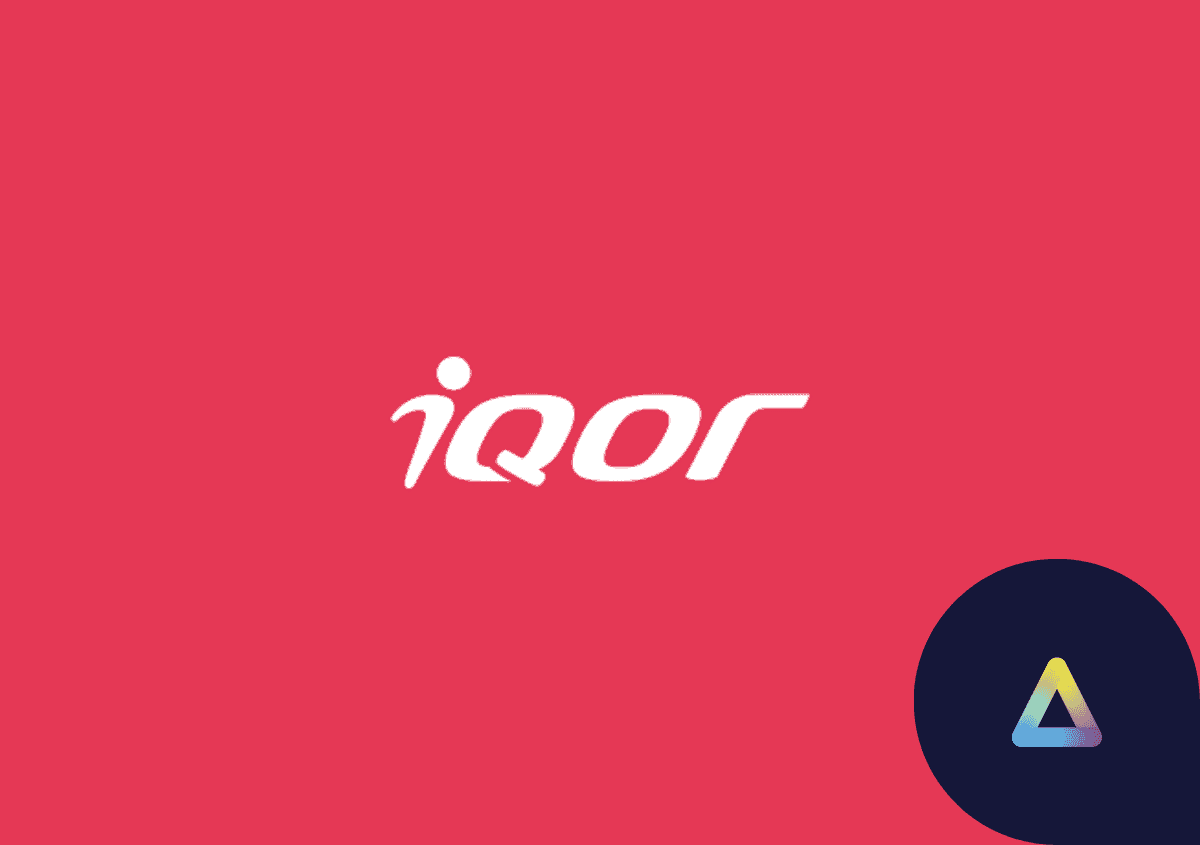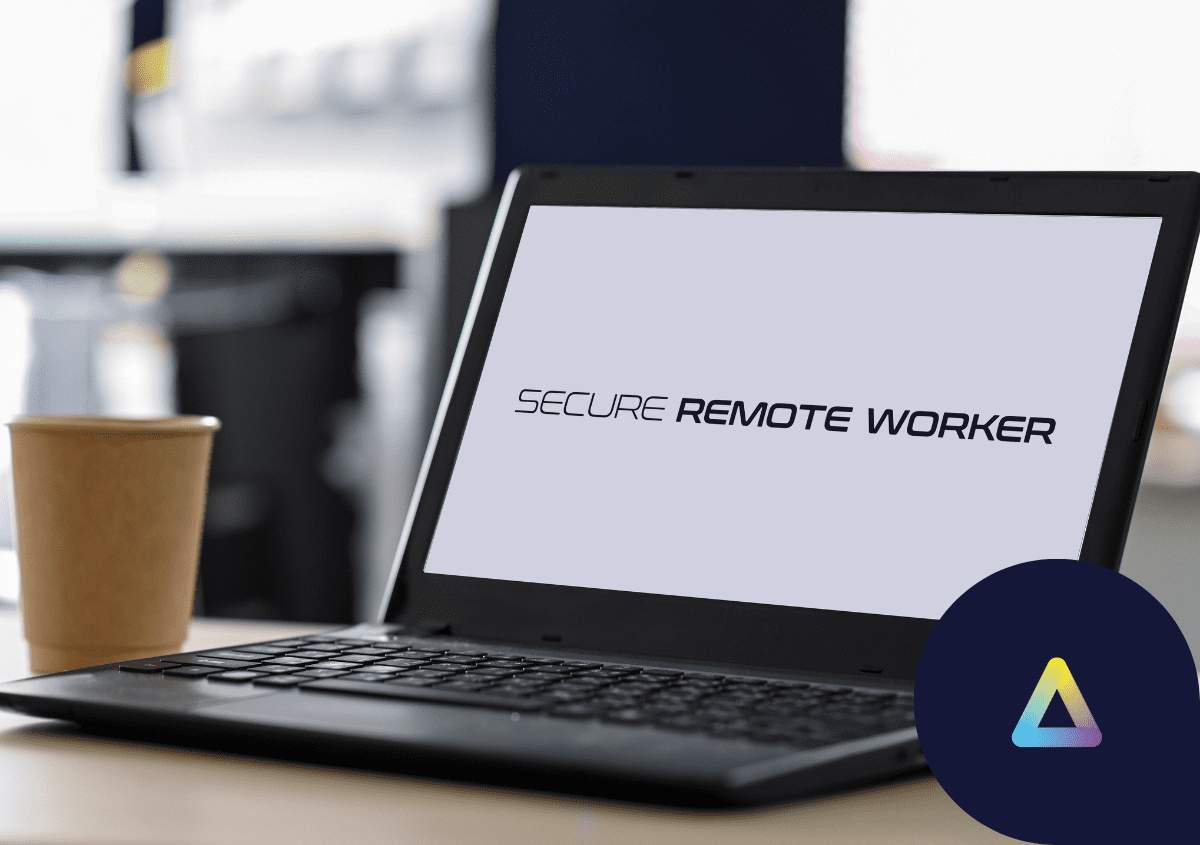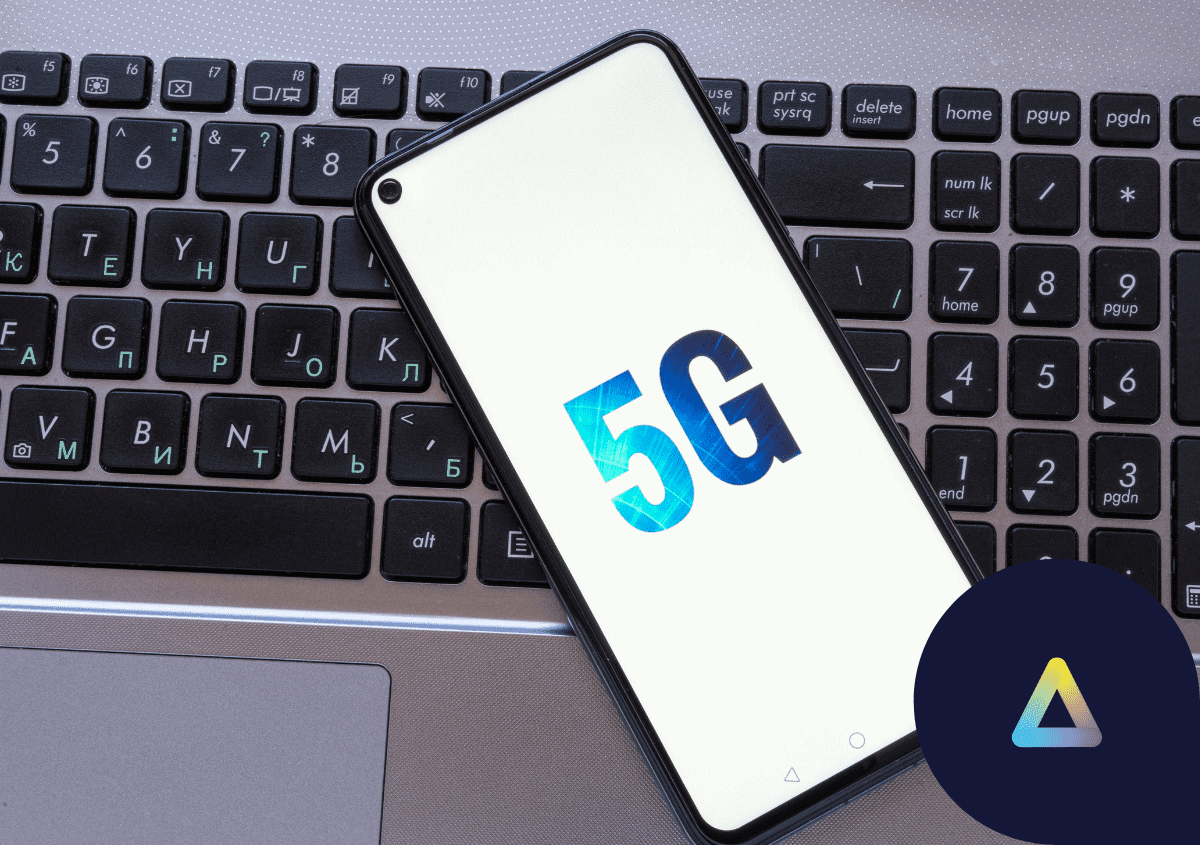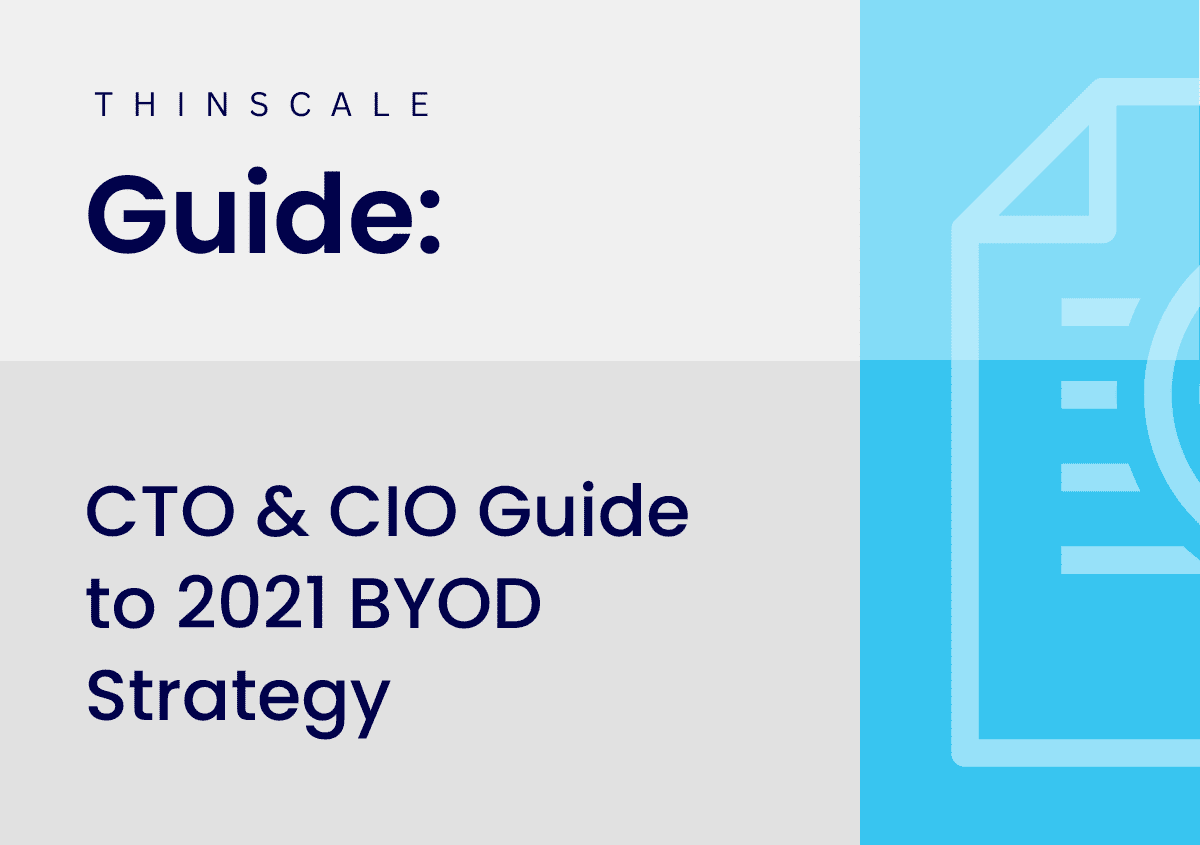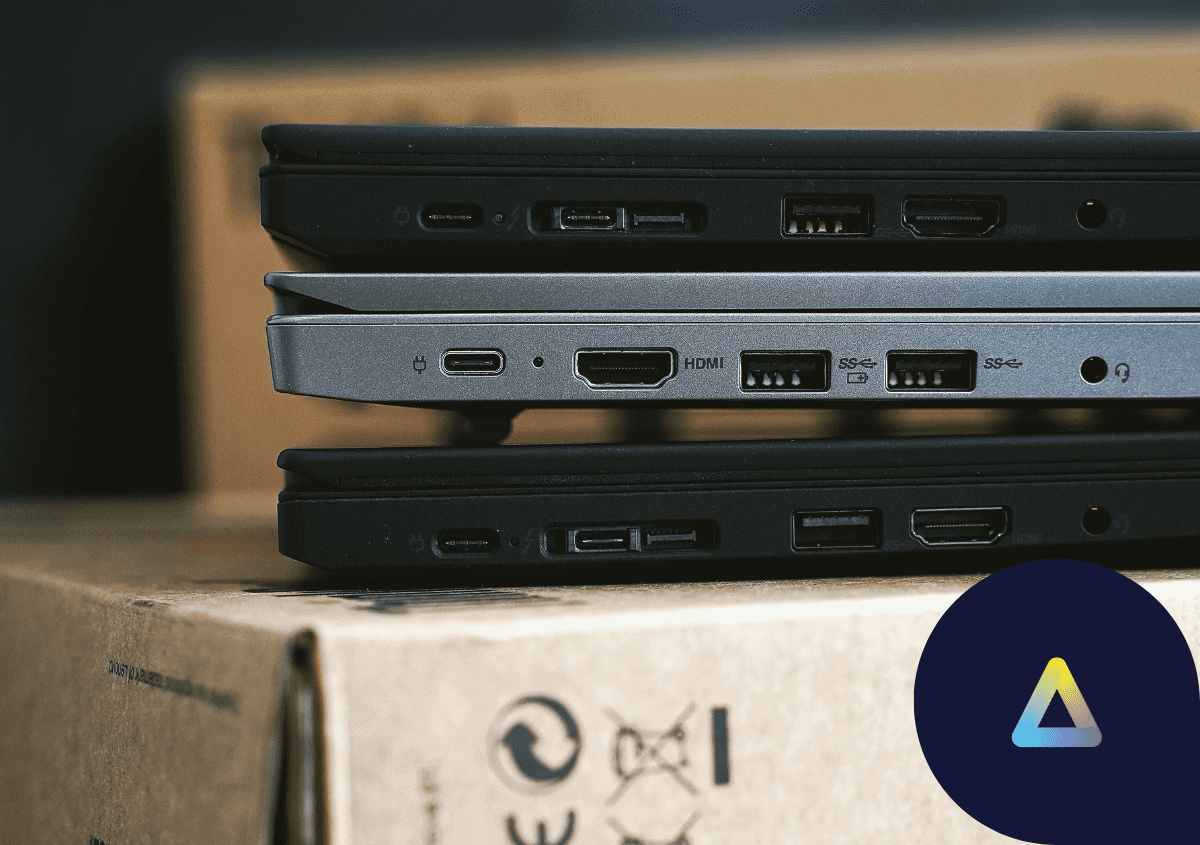With the sudden and dramatic shift to the work-from-home model (WFH) in early 2020, IT security teams have raised a host of important questions. How secure is corporate data saved locally on unvetted, uncontrolled machines? Are corporate machines inherently secure in WFH deployments? Is there an increased likelihood of data leakage and other cyber-breaches in the WFH environment? For TrendzOwl, the recent history of cybersecurity tells a complex story, raises a host of additional questions, but ultimately also reveals new possibilities for the WFH model going forward.
 Gerard Adlum
Gerard Adlum
Validation Tool: Onboarding your WaH employees in minutes
For many, the new normal of barking dogs and working in pyjamas has been firmly cemented. Many companies have embraced work at home (or a hybrid model of work) and are noticing higher levels of productivity, employee satisfaction, and of course, a substantial reduction in operational costs.
Work at home (WaH) is certainly here to stay. But with this brings its own level of complication, particularly around recruitment and onboarding. Traditionally aspects of HR, recruitment and onboarding now require many hands to carry out this vital aspect of the employee life cycle. With the variation in home environments, testing of things like bandwidth speed, hardware specification, and operating system compatibility are all vital, as such the importance IT has in onboarding, especially now, cannot be understated.
How to Ensure PCI Compliance in Remote BYOD Environments
Data protection is essential for today’s organizations, but with cybercrime on the rise and employees working from less-secure environments, information security has become more challenging than ever.
Clients also expect organizations to meet strict compliance standards, both in the office and at home. One of these is the Payment Card Industry Data Security Standard (PCI DSS), designed to ensure that companies can securely process, store, or transmit credit card information.
Without the correct PCI compliance measures in place, data breaches can result in fines of up to €20 million or 4% of your annual global turnover, whichever is greater. On top of that, payment brands can fine financial institutions for non-compliance, and financial institutions can withdraw the ability to accept card payments from non-compliant merchants.
Aside from the financial damage, non-compliant companies face significant long-term damage to their brand’s reputation. In the event of a data breach and stolen credit card information, customer loyalty drops rapidly and all trust goes out the window, taking years to rectify.
For many companies, a big part of the solution is to provide pre-configured corporate equipment to their employees, making it easier to maintain security and PCI compliance across their entire workforce. But what about companies that rely on employee-owned equipment to get the job done, otherwise known as BYOD (Bring Your Own Device)?
Secure Remote Worker and ThinKiosk 7.0 now available

Hello all! We are happy to announce the release of Secure Remote Worker and ThinKiosk 7.0! This is a cumulative update that brings several new security and employee experience enhancements to Secure Remote Worker and ThinKiosk.
4 Technology trends that BPOs must look out for in 2021
Technology has been the driving force behind innovation across the working world. While recent workplace culture changes have indeed been due to circumstance rather than technology, it is, in fact, our technology that has allowed many organizations not only to survive but also to thrive. Certainly, ThinScale has seen technology massively impact the outsourcing industry, with our Secure Remote Worker solution allowing work at home to be scaled up massively at a rapid rate for global BPOs such as Teleperformance, & more!
The CTO & CIO’s guide to 2021 BYOD Strategy
With the recent events of 2020, the BYOD (Bring your own device) model has grown exponentially more popular as a way for employers to provide work at home. In this blog, we will be going through some advantages of BYOD, the steps a CTO/CIO must take when planning out their BYOD deployment, and the risks associated with traditional BYOD.
Hybrid Working: Three factors companies must consider
With Google announcing that they will be giving their staff the option of hybrid working when their offices re-open in June, we are already seeing major organizations attempt to integrate work at home into standard business practice. Hybrid working (or work from anywhere strategy, as referred to in our recent webinar with Anne Bibb) can be seen as the best of both worlds for employers and employees.
Happy Holidays from ThinScale – 2020: Remote work, hybrid model & more
A year that felt like an eternity yet simultaneously flew by – 2020 is finally coming to a close. Coming towards the holidays, we think it would be good to look back on this year and try to see what we can take away from 2020, which for many, was a transformative year. ThinScale included. This will be a short blog talking about the main movements that happened this year and how things are looking to carry forward into 2021.
The Next Normal | What does 2021 hold for the BPO Industry?
2020 has been a year of disruption for all. Now that it is coming to a close, we ask what can 2021 hold for the outsourcing and BPO industry? To provide some understanding of exactly that, ThinScale hosted a webinar with an all-star panel of experienced professionals in the outsourcing sector – providing key takeaways from 2020 and insights into 2021. This blog is a summary of the key talking points in that webinar.


